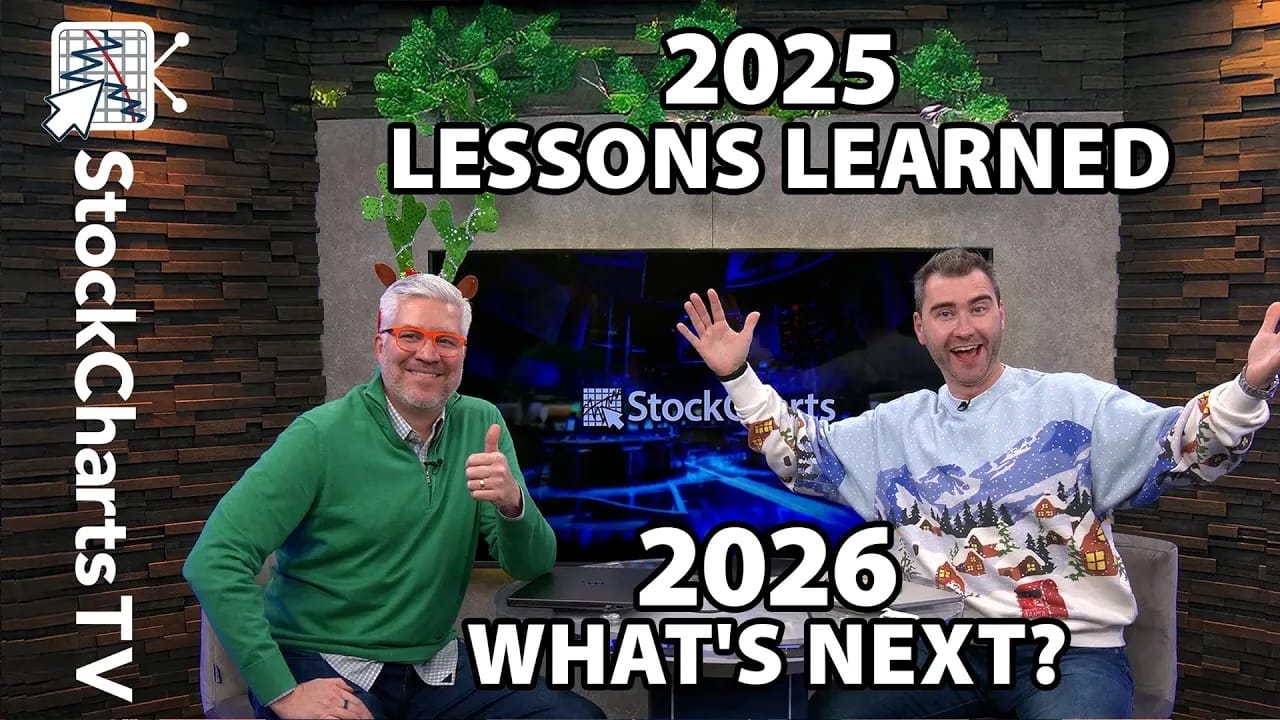REGIONAL BANK ETF BREAKS OUT TO THE UPSIDE -- LEADERS ARE WEBSTER FINANCIAL, FIFTH THIRD BANCORP, AND M&T BANK -- BANK SPDR LAGS BEHIND -- BANK LAGGARDS ARE BANK OF AMERICA AND CITIGROUP -- BANKS AND HOMEBUILDERS REMAIN LINKED
REGIONAL BANK SPDR HITS FOUR YEAR HIGH... Two Thursdays ago I showed the Regional Bank SPDR (KRE) testing major overhead resistance along its 2010 high. Chart 1 shows the KRE breaking through that 2010 barrier to reach the highest level in four years (with help from last week's QE3 announcement). The solid line below Chart 1 shows the relative strength line for the KRE turning up last October. Assuming the KRE can hold that breakout, it will be a positive sign for that group. Several individual regional banks matched that bullish breakout.

(click to view a live version of this chart)
Chart 1
THREE REGIONAL BANK BREAKOUTS... A study of the biggest ten holdings in the KRE reveal three individual bank breakouts. Charts 2, 3, and 4 show upside breakouts having occurred in Webster Financial (WBS), Fifth Third Bancorp (FITB), and M&T Bank Corp. (MTB). Their relative strength lines (below charts) are also rising.

(click to view a live version of this chart)
Chart 2

(click to view a live version of this chart)
Chart 3

(click to view a live version of this chart)
Chart 4
KBW BANK INDEX LAGS BEHIND... While the Regional Bank SPDR is hitting multi-year highs, the KBW Bank Index (KBE) is lagging behind. Chart 5 shows the KBE in the process of challenging its spring high and a down trendline drawn over its 2010/2011 highs. It also remains well below those earlier highs. The KBE relative strength line (below chart) bottomed last autumn, but has been flat since then. The main reason for the weaker performance by the KBE (versus the stronger KRE) appears to lie with large money center banks which have lagged behind. I suspect that has to do with their larger exposure to problems in Europe. Even so, an upside breakout in the KBE would not only be good for itself, but would also lend more confirmation to the regional bank breakout.

(click to view a live version of this chart)
Chart 5
LARGE BANK LAGGARDS ... The top ten holdings in the KBE include three large money center banks that have been holding that ETF back. The strongest of the three is J.P. Morgan (JPM). Chart 6 shows JPM still trading well below its 2012 high. Its relative strength line (below chart) remains flat. The two weakest money center banks are Bank of America (BAC) and Citigroup (C). Charts 7 and 8 show those bank laggards. Both have bounced over the last month, but need to clear their spring highs to turn their trends higher. The same is true with their relative strength lines. Upturns in those two bank laggards may be necessary in order for the KBE to achieve an upside breakout. Until that happens, relative strength will continue to favor regional banks.

(click to view a live version of this chart)
Chart 6

(click to view a live version of this chart)
Chart 7

(click to view a live version of this chart)
Chart 8
BANKS AND HOMEBUILDERS REMAIN LINKED... The September 6 message also offered the strong link between banks and homebuilders as a reason why regional banks should eventually break out. Chart 9 compares the Regional Bank SPDR to Home Construction iShares (ITB) over the last four years. The visual correlation is clear and is confirmed by the positive six-month Correlation Coefficient below the chart. Postive correlation exists when the CC line is above zero. In fact, its been well above the zero line for most of the four years. It dipped over the summer when the ITB broke out and the KRE didn't. The rising CC line suggests that the last week's upside breakout in the KRE is strengthening their correlation. Banks and homebuilders are linked because banks lend out the morgtages that people need to buy homes. What's good for one is good for the other.

(click to view a live version of this chart)
Chart 9
COMMODITIES PULL BACK FROM SPRING HIGH ... Although commodities have lagged behind stocks this year, both asset classes have maintained a generally positive relationship. That relationship has been stronger since June when both turned up together. Last Thursday's launch of QE3 also gave both a big boost. Chart 10, however, shows that the DBC Commodities Tracking ETF (DBC) is backing off from chart resistance formed during the spring (flat line). The 14-day RSI line (above chart) also reached overbought territory over 70 which suggested that a downside correction was due. Most of the commodity selling has been in over-extended grain markets and crude oil. The pullback in commodities may explain some short-term profit-taking in stocks.












